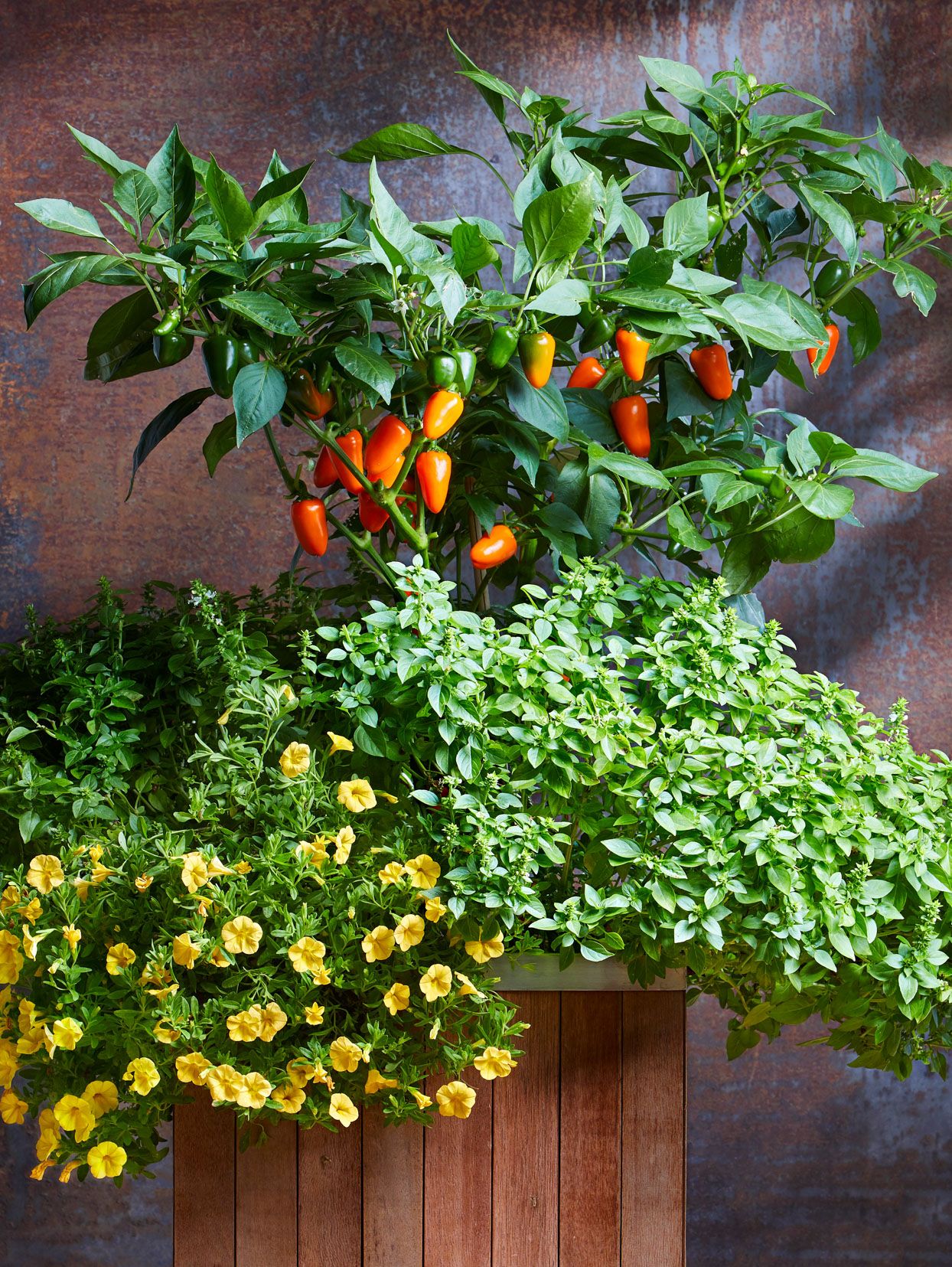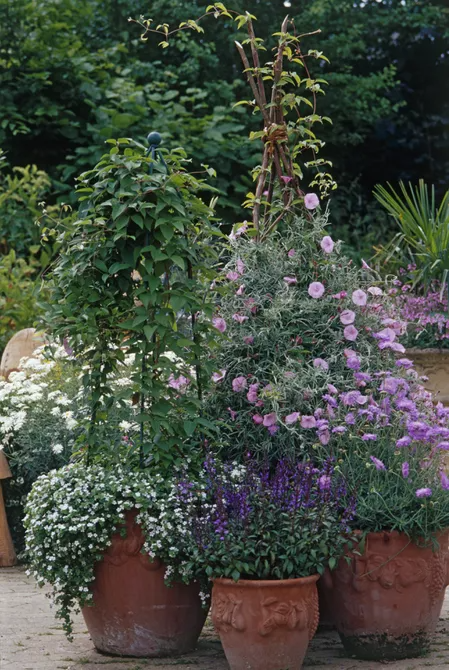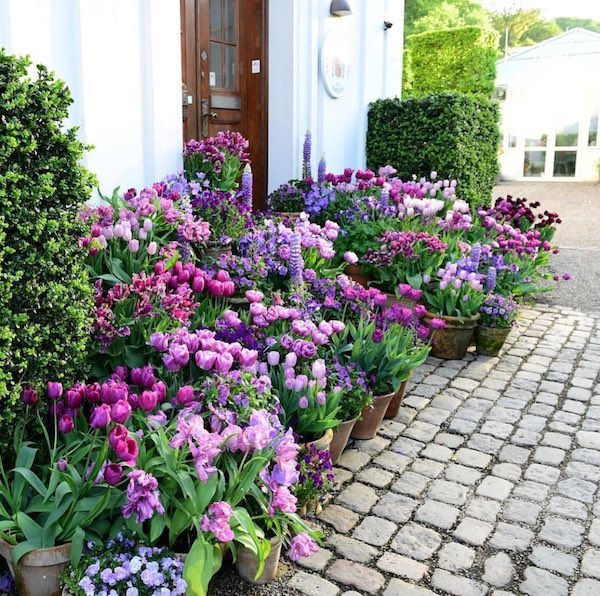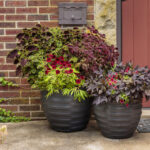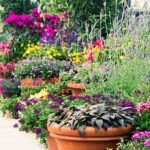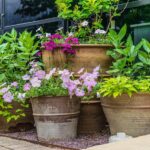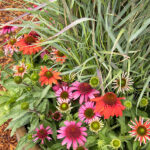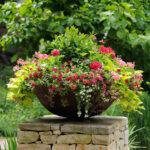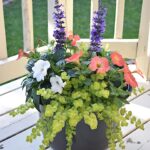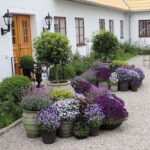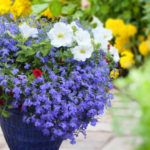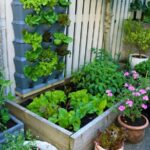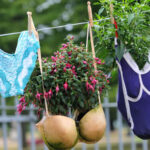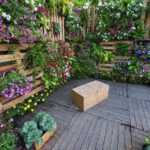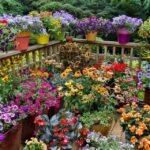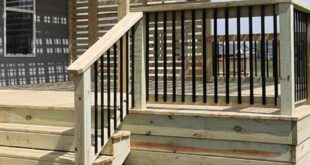Container gardening is a popular way to bring greenery and beauty into small outdoor spaces or even indoor areas. With a bit of creativity and some strategic planning, you can create a stunning container garden that will enhance your home’s aesthetic appeal.
One idea for container gardening is to mix and match different types of plants to create a visually interesting display. Consider combining flowering plants with herbs or vegetables, or pairing plants with different textures and colors for a dynamic look. You can also experiment with different container shapes and sizes to add variety to your garden.
Another interesting idea for container gardening is to create a theme for your garden. Whether you choose a color scheme, a specific plant type, or a season as your theme, having a cohesive look can tie your garden together and make it more visually appealing. For example, a herb garden theme can include a variety of herbs such as basil, mint, and rosemary, all planted in different containers but placed together to create a cohesive look.
If you have a small outdoor space, vertical gardening is a great option for maximizing your garden’s potential. Vertical gardens can be created by hanging planters on walls or fences, using trellises or arbors, or even stacking containers on top of each other. This technique not only saves space but also adds an interesting visual element to your garden.
For those who want to add a touch of whimsy to their outdoor space, consider creating a fairy garden in containers. Fairy gardens are miniature landscapes that incorporate small plants, miniatures, and other decorative elements to create a magical and enchanting display. You can let your creativity run wild by adding miniature furniture, figurines, or even tiny fairy houses to your garden.
Finally, don’t forget to consider the practical aspects of container gardening, such as proper drainage and watering techniques. Make sure your containers have drainage holes to prevent waterlogging, and water your plants regularly to keep them healthy and thriving. Additionally, consider the sunlight and temperature requirements of your plants when choosing their placement in your garden to ensure they receive the necessary care and conditions to thrive.
 yishifashion Where Outdoor Dreams Become Reality
yishifashion Where Outdoor Dreams Become Reality
